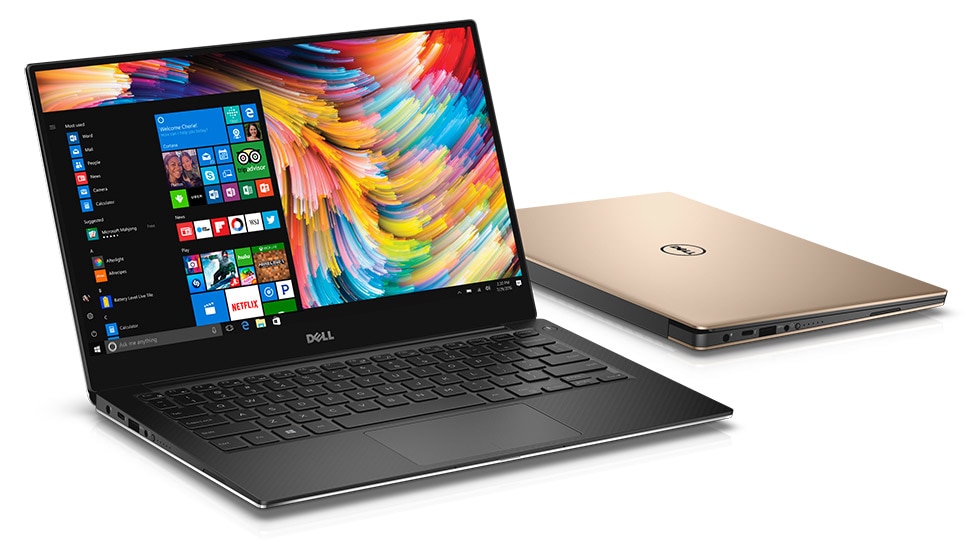A New Look
For Dell's XPS 13 Laptop
Just before CES 2018, Dell unveiled its new XPS 13 laptop. The device, favorited by many thanks to its compact design, bright display, comfortable keyboard and decent battery life, has been completely overhauled, boasting narrower bezels, a new cooling system and a white option with a stain-resistant coating. The device had been revealed at CES […]

